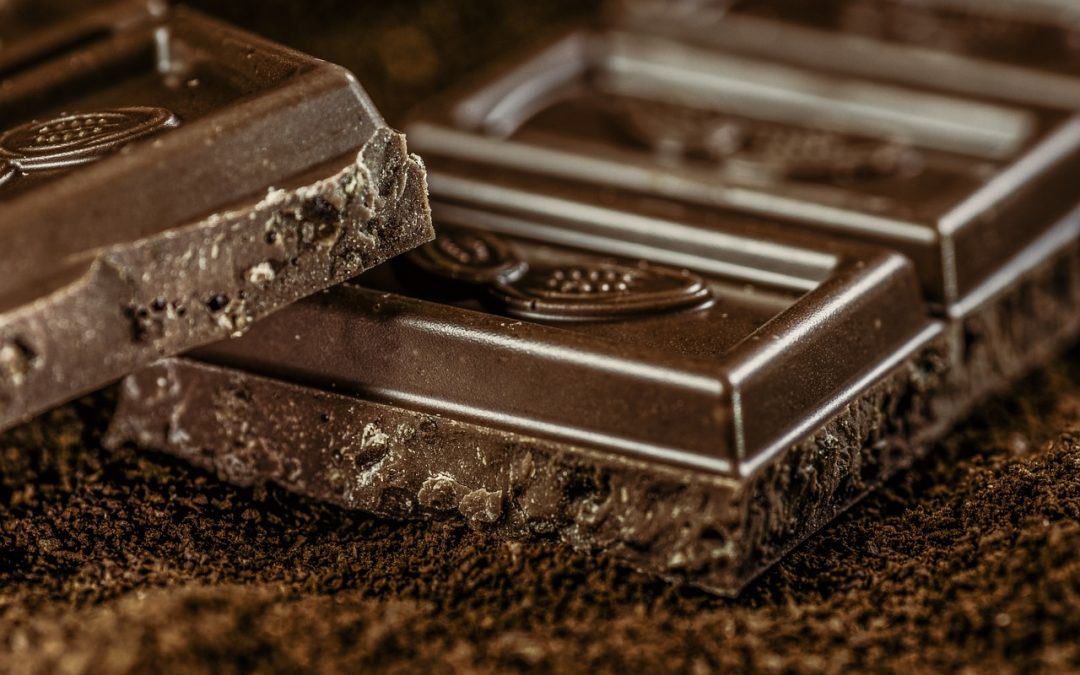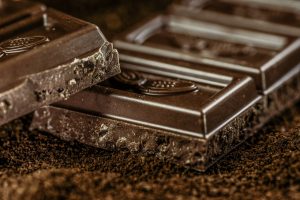
Candy News
Protect against sun damage – Yes eating chocolate may actually help protect you from the sun.
Reduce cravings – It sounds odd, but chocolate can be used as an effective way to reduce your appetite.
Protect your heart – Chocolate is good for valentines and real hearts.
Aid muscle recovery – Athletes will be happy to know that chocolate can help their muscles recover quickly.
Ease anxiety – Eating chocolate is a great way to reflex and reduce stress.

Source: saugus.wickedlocal.com
Despite its reputation as a fattening dessert, chocolate is now being extolled as a “health food” that ostensibly offers a host of health benefits, from slashing stroke risk to whittling your waistline. Backed by a body of research, a compelling case in defense of the sweet stuff, proving that the chocolate-as-health food hypothesis isn’t just a funny gimmick—it’s scientifically correct.
Pure, unadulterated cacao, or cocoa, contains the highest concentration of flavonoids—an antioxidant-rich phytochemical also found in green tea, apples and red grapes—which is why it’s important to seek out dark chocolate bars with at least 60 to 70 percent cocoa.
Reads more about good reasons to eat chocolate at News – Saugus Advertiser – Saugus, MA.
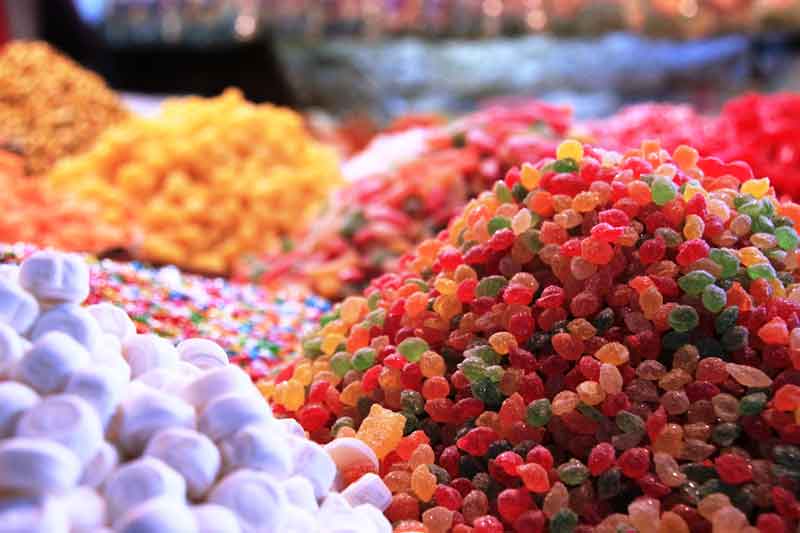
Candy News
Candy production and advertising has focused on children for many years. In 2006 something changed all that. The Children’s Food and Beverage Advertising Initiative was created in response to growing concerns about overweight children. Food and candy producers agreed to voluntarily increase their focus on promoting healthy lifestyles and eating choices. Leading candy companies including Hershey’s, Mars and Nestle are committed to this program. This change inspired a wide range of wonderful new products that focus primarily on candy for adults. Healthy adult candy options may seem like a contradiction but the trend shows that adults are in fact buying more candy for themselves. Here is a list of some of the wild new flavor options you can find today:
This change inspired a wide range of wonderful new products that focus primarily on candy for adults. Healthy adult candy options may seem like a contradiction but the trend shows that adults are in fact buying more candy for themselves. Here is a list of some of the wild new flavor options you can find today:
- Pink grapefruit grape-seed Gummy Bears
- Reishi mushroom and walnut dark chocolate
- Bacon and chocolate of every kind
- Sea-salt caramels, natural mango, hot chili, and odd vinegar candy
Organic sweeteners and genuine fruit extracts are part of making candy healthier. Nutritional enhancements such as vitamins are also being explored as a way to promote healthy eating. You can read more about this fantastic new trend via the source link below.
Source Link Supermarket News.
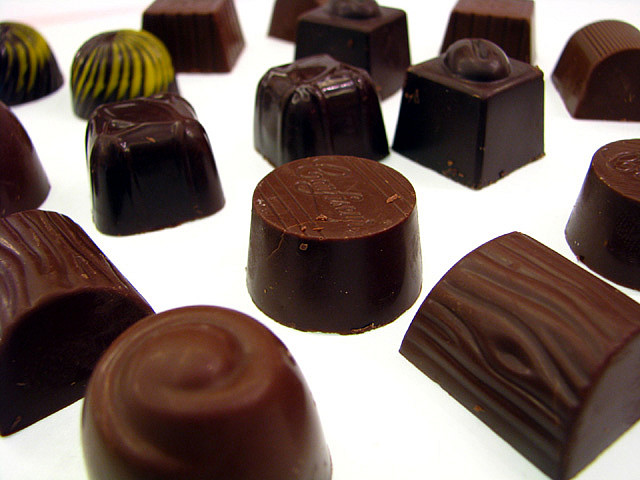
Candy News
Born In Chocolate
Zeba Kohli, is known as the chocolate lady of India. She is a master chocolatier born and raised within the wonderful world of chocolate. Kohli, is the head of Fantasie Fine Chocolates, one of India’s oldest brands of handmade chocolates. She is respected teacher on all the mysteries of chocolate. Here is a list of great things we learned from India’s chocolate lady.
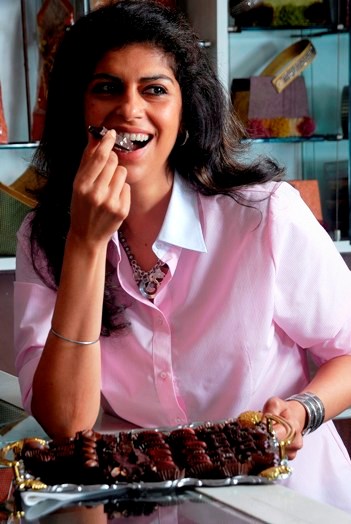
Zeba Kohli – Photo: Nalin Solanki – yourstory.com
Chocolate tasting and fun facts
You must hear a snap when you take a little bite, then let the chocolate melt on your palette for a little while. Finally, let it fall smoothly down the throat to enjoy the finish.
Like wine, you must cleanse the pallet with water when tasting many types of chocolate at the same time.
Cocoa trees are primarily grown in the coastal regions of Africa and South America, but chocolate is not known by the region the cocoa originates from.
As we fine with Wine and coffee, chocolate made from beans of a single region or farm is known as single origin chocolate.
The flavor of chocolate from a single area is often influenced by the soil, climate and vegetation.
Dark chocolate made from Tanzania beans will be very fruity because of its wild soil quality. However, the same chocolate from Ecuador is mild and leaves a lot of space for fruitiness and aromas. It also has notes of red fruits, grass and flowers.
Sugar free chocolate will not help you lose weight. It contains a lot of cocoa butter and natural sugars. A 200g bar of a dark chocolate, which is about 80% to 90% dark, will still have 1110 calories.
Cocoa trees can grow to be around 20-ft tall.
Many chocolates made in India contain vanaspathi. Cocoa butter is becoming too expensive. So they take it out of the chocolate and use vanaspathi instead. Vanaspathi may not be great for your health.
Learn more about the chocolate lady. Read Demystifying those brown chunks of happiness

Kirti Poddar via flickr.com
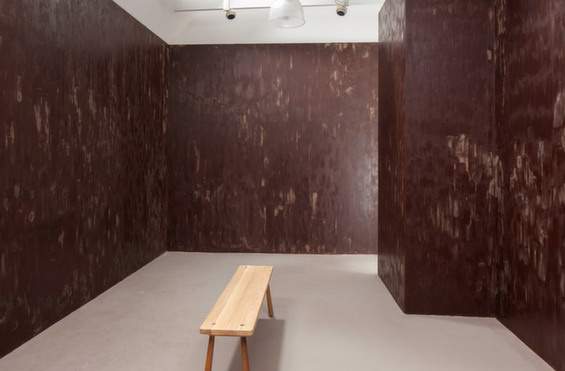
Candy News
Modern art and chocolate converge in a fantastic new interactive installation by Anya Gallaccio. The sweet masterpiece ‘Stroke’, will be showing at at the Jupiter Artland sculpture garden in Edinburgh sculpture garden this summer.

Anya Gallaccio “Stroke”
The installation is like a chocolate monastery with the entire room hand painted in dark chocolate. The audience is allowed to touch and interact with chocolate walls as they see fit. A simple bench is provided to allow contemplation of this amazing chocolate experience. This work provides a deeply sensual vision. The rich aroma and minimal beauty will inspire the viewer.
One note of caution. You may find your children licking the walls and not wanting to leave. If your children happen to wander off during a visit to the sculpture garden, you will probably find them at this exhibit. For more information please visit the source link below.
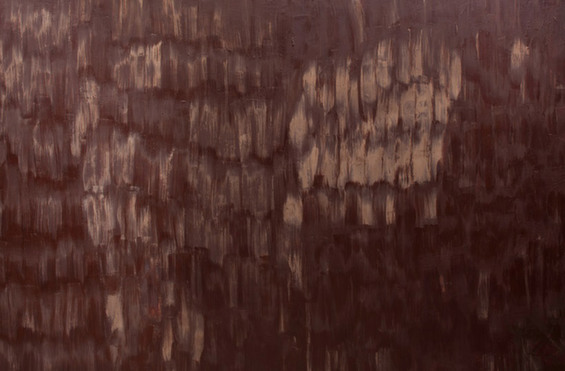
Anya Gallaccio “Stroke”
Source Link: Chocolate Room
